Every time I think back to the suburban working-class neighborhood where I lived as a child, I think of the first delicacies by the fence. Delicacies, because they are the flavors that are deeply preserved despite the many layers of time that cover them, but whenever mentioned, I crave them, and the fence is the capital.
 |
In the past, Nha Trang was still a town. Except for a few main streets, all houses in the hamlets, villages, or adjacent to the streets had fences, mostly fences made of plants and flowers. Sometimes, just looking at the fence, you could guess the class or personality of the owner. Houses with high walls were also surrounded by a bund made of broken bottles, houses with only a few strands of barbed wire, houses with hibiscus hedges, Malabar spinach hedges, acacia bushes, etc. In front of the house, there were often trees for shade, and inside the house, any extra land was used to grow useful fruit trees. The trees on this side of the fence overlapped with the house next door, the trees in front of the gate provided shade for the whole house across the street, and the trees behind the summer house sometimes formed an overpass for neighbors to visit.
My maternal grandparents' house was in Xom Moi, the land was not very large, but when I grew up, I saw that the house had a banyan tree in front of the alley, a mulberry tree behind the summer house, custard apples and guavas by the well, a star fruit tree next to the wall, coconut trees in the middle of the yard, jasmine bushes hanging down over a long fence, and right on the narrow path was a clump of jasmine, a row of earthen pots full of roses... On summer afternoons, the house in the suburbs was a place for passersby to cool off under the shade of the banyan tree, for neighbors to hang hammocks under the mulberry tree, for children to sneak out for a nap and climb the guava tree.
Then all the fruits of your grandmother's garden over time became just images deep in your memory, until one day you said you hadn't eaten the fruit for decades and craved it so much, looking at the black and white photo from decades ago of a tree with leaves all over it. The statement was like opening up an old book recording the delicious dishes of the fence, page by page there were Indian almonds, scallops, caviar, star gooseberries, acacia, guava, mulberry, longan, plum, tamarind... things that have now become the past, forgotten.
 |
Who remembers the acacia bushes that grow into green bushes with many small thorns and are planted as hedges? Not the woody acacia. This hedge acacia has small, dense leaves that are plucked and tied into thick, round bunches to play with, both soft and cool on the feet. If you are lucky, you can pick ripe acacia fruit that splits open and has thick, sweet, white-pink flesh. Like the Diep tree that almost overflows the hedge, the simple but sturdy flowers are often cut for offerings, and the fruit is also split open to take the seeds to eat, which are rich and fatty. Like the guava tree by the well that dangles half way across the neighbor's backyard, the ripe fruit is fragrant, the red flesh is crispy and sweet, the biggest is only the size of a duck egg, a bite is cool all summer afternoon. The big, delicious fruit is on high because the kids can't climb it, while the lower fruit has all the marks of a striped fingernail, so you can press it to see if it's ripe yet. The branches on the neighbor's side are considered dirt. Under the guava tree is a well, the mouth of the well is covered with a square B40 mesh with 4 corners bent down. This net has been able to withstand several falls from the guava tree, bouncing a few times while the victim recovers. Now guavas weighing hundreds of kilograms are sold everywhere but they no longer taste like they used to. The same goes for longans, plums, star gooseberries, tamarinds…
A few dozen meters from my maternal grandparents’ house was a house with a ca ca tree growing all the way out to the street. Who hasn’t climbed a tree, broken branches, picked ca ca, or collected fallen ca ca? A house with a ca ca tree in front of the alley was like not having to take a nap, under the shade like an umbrella were groups of children chattering, some climbing, some shaking the branches, some breaking branches… How could I forget the feeling of craving right when I bit into this sweet, soft, ripe ca ca fruit. I remember the dirty hand of my friend happily spreading out with a handful of still green ca ca spoils. Now, when I see ca ca growing wild on the street or hesitantly walking on the suburban roads, a carpet of ripe, red fruits that have been trampled on, the memories still well up in my heart.
 |
Deep in my heart are the blackberry tree behind and the banyan tree in front on my grandmother’s land. The blackberry tree is also called the pear tree or chicken egg tree by many people… The tree is very big and tall, with a wide canopy, and hammocks are hung under the tree to catch the wind blowing in from the sea. When the blackberry season comes, the branches are full of blackberries, and every time I pick them, there are baskets of them that need to be torn, and my grandmother has to carry baskets to give to the whole neighborhood. The tiny white flowers fall all over the yard and crackle, which is also fun to hear. If you are more diligent, you can use thread to thread them to make a pearl necklace. The soft, ripe fruit breaks into a golden yellow color, and when you eat one piece, it is sweet, when you eat two pieces, it is fatty, when you eat three pieces, you start to look at each other and tease the person who is eating with a yellow, sticky, and chewy mouth… Now it is difficult to find a ripe blackberry fruit to admire.
Once upon a time, when I was a child, I relied on the banyan tree in front of the alley for four seasons. In winter, the leaves changed color from green to purple, yellow, red, and brown, leaving only a strong skeleton. In spring, the leaves were green, in summer, the flowers and fruits bloomed, and in autumn, the ripe, golden fruit fell all over the road. I liked to scrape off the amber sap that had hardened on the trunk, then soak it in water to expand it, and paint it on wooden objects to make them shine. On days when the dry leaves fell and flew everywhere, my grandmother had to carry a broom to collect them and burn them. The smoke from the white, pungent, burning banyan leaves billowed, and if adults didn't scold me, the children would just jump back and forth at the beginning of the smoke. The scariest thing was the season when the banyan trees were ripe. Neighbors who wanted to eat them often carried rocks to throw them down, because the poles weren't high enough to pick them, and climbing was even harder. The ripe banyan trees fell and were crushed, and after eating the sweet and sour pulp around the fruit, they would throw the remaining fruit everywhere. My grandmother would sweep all the banyan fruits in the yard into a corner and dry them in the sun until they were roasted. After that, there were many sleepless afternoons when all the grandchildren would sit and crack the seeds. At most, they would get about 2 bowls of areca nuts, the rest would be eaten by the children sitting and cracking them, but it was enough for my mother to caramelize sugar and spread on grilled rice paper to treat the whole family. This dish is now lost, although the seventy-year-old areca tree still struggles to bear fruit.
If only I had wandered around barefooted and headless more when I was young, the memories of the delicious food by the fence of old Nha Trang would have been endless. My parents, who grew up next to the wild sand dunes overlooking the ocean, still yearn for the sweetness of the bao bunches, du de, chim chim, ke co, ta duong... In times of poverty, the fruit trees by the fence were my companions, the fragrant snacks that connected the village, the love of the homeland I missed...
AI DUY
Source: https://baokhanhhoa.vn/van-hoa/nhung-vung-ky-uc/202406/my-vi-ben-bo-rao-0521dbf/




![[Photo] Prime Minister Pham Minh Chinh holds meeting to launch exhibition of national achievements to celebrate 80th National Day](https://vphoto.vietnam.vn/thumb/1200x675/vietnam/resource/IMAGE/2025/6/23/0c0c37481bc64a9ab31b887dcff81e40)


![[Photo] Prime Minister Pham Minh Chinh chairs the national online conference on combating smuggling, production and trade of counterfeit goods.](https://vphoto.vietnam.vn/thumb/1200x675/vietnam/resource/IMAGE/2025/6/23/4a682a11bb5c47d5ba84d8c5037df029)























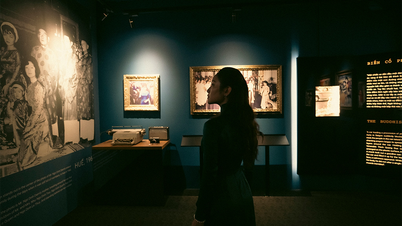
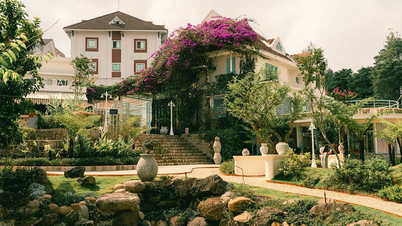
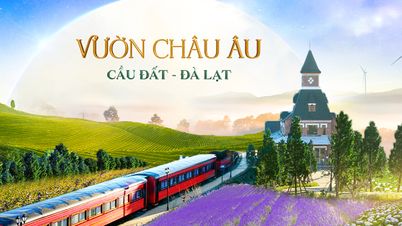
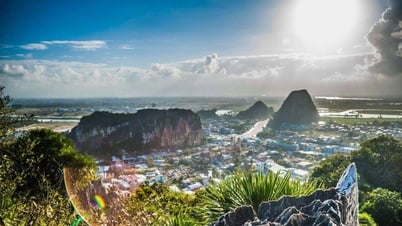

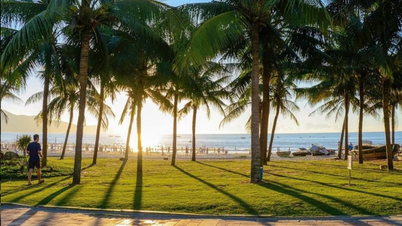
![[Photo] Party Congress of the Central Internal Affairs Commission for the 2025-2030 term](https://vphoto.vietnam.vn/thumb/1200x675/vietnam/resource/IMAGE/2025/6/23/5bf03821e6dd461d9ba2fd0c9a08037b)



































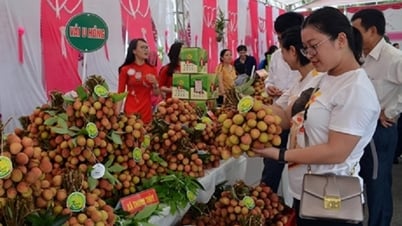
































Comment (0)